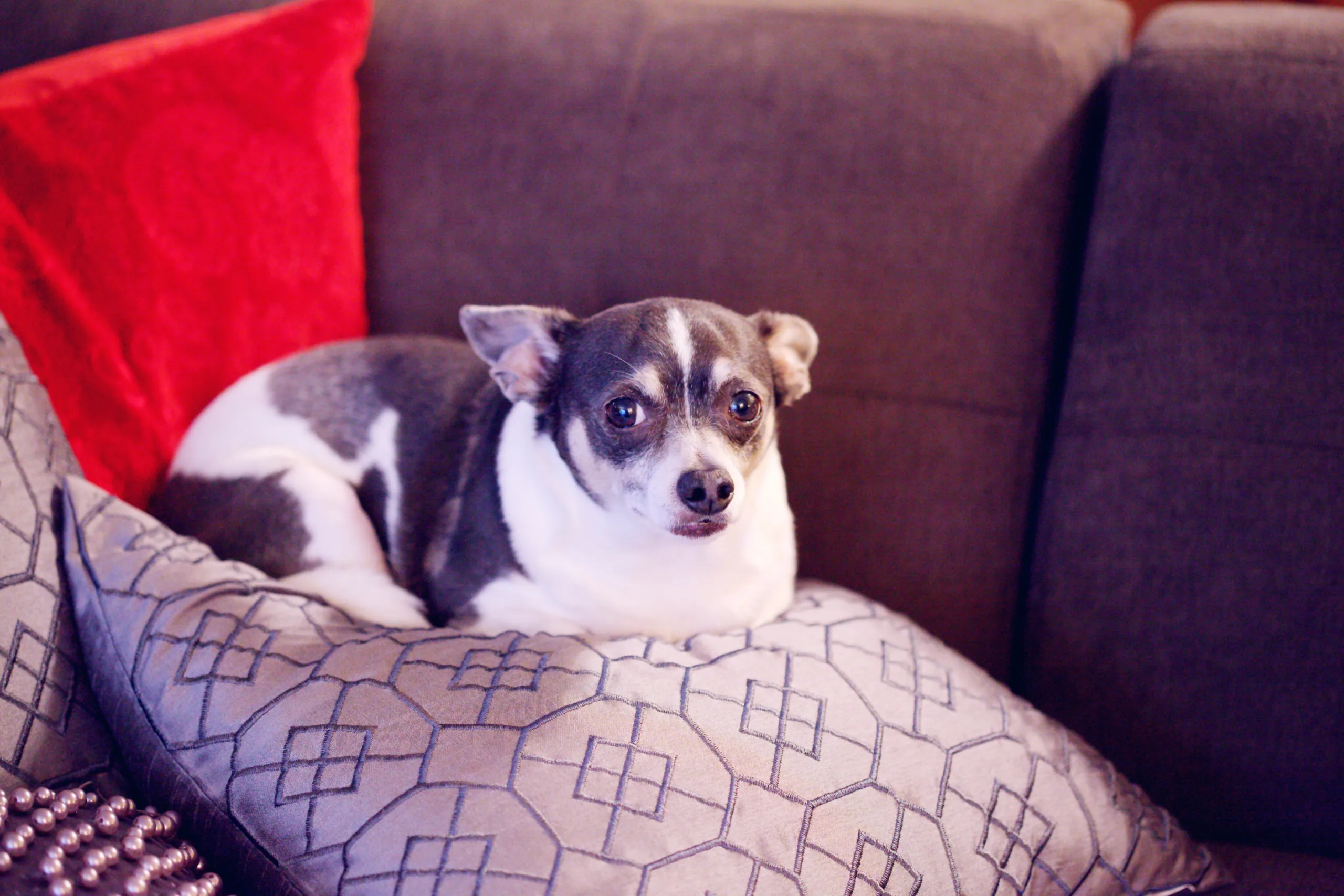Why Do Dogs Hump Pillow? Dogs have their unique and sometimes perplexing behaviors that can leave pet owners scratching their heads. One such behavior that might raise eyebrows is when dogs hump pillows. This seemingly odd behavior can have various underlying reasons, from instinctual to psychological. In this article, we’ll delve into why dogs hump pillows, exploring the possible explanations behind this behavior.
For more about dogs click here
Introduction
Dogs are known for their quirky habits, and humping pillows is one of those behaviors that can catch people off guard. While it might be embarrassing or amusing for pet owners, it’s crucial to understand that this behavior is rooted in instinct and biology rather than any intention to confuse or shock us.
Why Dogs Hump: The Basics
Humping, technically known as mounting or copulatory behavior, is a natural behavior in dogs. It’s often associated with sexual behaviors, but interestingly, dogs of all genders, ages, and neutering status can engage in humping behaviors. Let’s explore some common reasons why dogs might hump pillows:
1. Hormonal Influence
Unneutered dogs, both males and females, are more likely to exhibit humping behaviors due to fluctuating hormone levels. These hormonal surges can trigger mounting behaviors as a response to their sexual instincts.
2. Play and Excitement
Humping can sometimes be a form of play or excitement, especially in puppies and young dogs. They might engage in humping during playtime as a way to express their enthusiasm and energy.
3. Stress and Anxiety
Just as humans might fidget or engage in repetitive behaviors when stressed, dogs can resort to humping as a coping mechanism. This behavior might provide a temporary release of tension, helping them alleviate stress.
4. Territory Marking
Dogs have scent glands in their pelvic area, and humping can serve as a way to mark territory with their scent. This behavior communicates their presence to other dogs and animals in the vicinity.
5. Attention-Seeking
Dogs are incredibly perceptive and quickly learn what behaviors garner attention from their owners. If humping leads to a reaction, even if it’s a scolding, a dog might continue the behavior to elicit a response.
6. Medical Issues
In some cases, humping could be linked to medical problems, such as urinary tract infections or skin irritations. It’s always wise to consult a veterinarian if you notice a sudden change in your dog’s behavior.
FAQs on Why Do Dogs Hump Pillow?
- Do dogs hump for comfort?
While humping might seem like a comfort-seeking behavior, it’s more often related to instinctual and physiological factors rather than seeking comfort. - Should you let a dog hump their bed?
Allowing a dog to hump their bed or other objects is generally not encouraged, as it can reinforce the behavior and lead to other behavioral issues. - Why does my girl dog hump my pillow?
Female dogs can engage in humping behaviors just like males. It might be related to hormonal changes, play, or other factors mentioned earlier. - Do dogs hump because they are happy?
Humping isn’t typically associated with happiness. It’s more commonly linked to instincts, stress, excitement, or other underlying factors. - Should I let my dog hump his cushion?
It’s advisable not to encourage or allow humping behaviors, as they can become problematic and contribute to behavioral issues. - Do dogs hump pillows for pleasure?
Humping isn’t directly related to pleasure in the same way humans might experience pleasure. Dogs engage in this behavior for a variety of instinctual and behavioral reasons.
In conclusion, dogs humping pillows is a behavior that might seem puzzling, but it can be attributed to a combination of instinctual, hormonal, and psychological factors. While it’s important not to overly stress about occasional humping behaviors, it’s equally essential to monitor and address any excessive or problematic instances. Consulting a veterinarian or professional dog trainer can help you manage and understand your dog’s behaviors more effectively.
Click here for more
